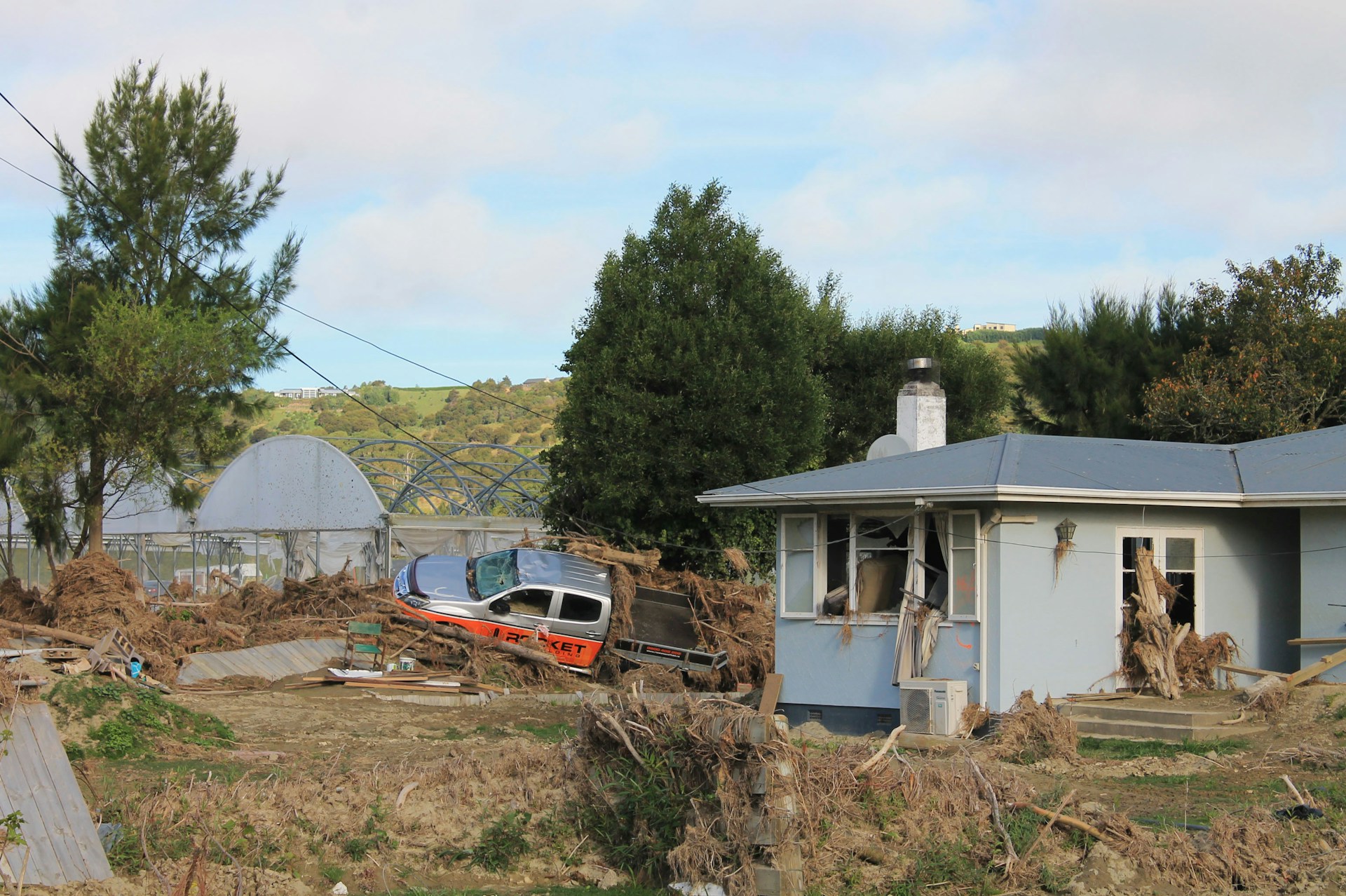Maintaining and Building Secure Infrastructure
National infrastructures – roads, bridges, dams and utilities – are the backbone of any society, built with the intent to last generations. However, climate change has increasingly compromised their integrity, as likelihood of corrosion, erosion and flooding have become more frequent and severe.
The Coalition for Disaster Resilient Infrastructure estimates that an average of US$732 billion to US$845 billion is lost to damages to infrastructure and buildings due to climate-induced disasters. And to build resilience of existing and new infrastructure, an estimated investment of US$2.84 trillion to US$2.90 trillion is required to be invested in low- and middle-income countries (LMICs) through to 2050. But only a meagre of that investment is done as of yet.
Developed economies with their large investments in massive infrastructures face high levels of absolute risk from infrastructure losses, but it does not threaten their resilience. Meanwhile, it is the LMICs and the small island developing states that are at a greater risk from infrastructure damages. South Asian countries face substantial losses of 0.42% of their GDP annually, while economies in Latin America and the Caribbean face losses of 0.22%. A significantly lesser investment will be required in these countries to make their infrastructure resilient, but it will make a major difference in their overall socioeconomic development.
At the moment only US$792 million has been pledged by the global community for loss and damage funding. The fund is a global agreement wherein developed economies have pledged to financially support LMICs to offset economic and non-economic losses caused by climate change. Damage to infrastructure and buildings is one of the components of the fund.
Building New Infrastructures
Creating infrastructure that can endure the next 100 years requires a paradigm shift in design, construction and materials. Climate adaptability should be top of mind when designing future infrastructures. For example, bridges may need to be designed with higher clearances to accommodate rising rivers. The Vietnamese government also took into consideration the possible impacts that climate change can have on a proposed cable-stayed bridge of 650 meters in length over the Tien-river in the Mekong Delta. After a careful assessment, the bridge’s height was raised by 0.75m and the height of the associated road network was also raised by 0.3m.
Research and development should also be prioritized in developing sustainable materials to be used in construction. Sustainable materials like bricks from coal washery reject; building blocks from mine waste; and non-erodible mud plaster, offer greater durability and environmental benefits.
Integrating technology into infrastructure can greatly enhance its longevity and efficiency. Smart infrastructure uses sensors and data analytics to monitor the condition of structures in real-time, allowing for predictive maintenance and reducing the likelihood of catastrophic failures. This proactive approach can extend the life of infrastructures and optimize the allocation of resources for repairs.
Incorporating natural elements into infrastructure design can provide additional resilience. For instance, wetlands and mangroves can serve as natural barriers against flooding, while green roofs and walls can reduce urban heat and manage stormwater. These nature-based solutions offer a sustainable way to enhance infrastructure resilience while also supporting biodiversity and improving quality of life. Nature-based infrastructure (NBI) is 42% cheaper and creates 36% more value than grey infrastructure. For every US$1 invested in NBI, 30 times more value is created, making it an economically viable solution to our increasing infrastructure needs.
Engaging the Private Sector in Long-Term Investment
PPPs can be an effective way to leverage private sector expertise and funding for infrastructure projects. Private investors are more likely to commit to long-term projects if they have confidence in the regulatory environment. Governments should ensure that infrastructure policies are stable, transparent and predictable, reducing the risk of sudden changes that could undermine investment returns. In this scenario, Brazil’s opening of its power sector to private participation is a textbook example of how timely reforms helped the country bring in private investments to upgrade its power sector.
The country will also host the Horasis Global Meeting in Vitória, the state capital of Espírito Santo, from October 25-26, 2024. This two-day event will gather leaders from businesses and governments to address pressing global challenges, including climate change, inequality and peace.
With the growing emphasis on sustainability, green bonds and other forms of sustainable finance are becoming increasingly popular. Green bonds provide the much-needed financing for the development of green infrastructures, that also are a regular source of fixed income for investors. World Bank’s green bonds have led to significant positive impact on millions of people and living natural resources.
Building infrastructure for the future will require a multifaceted approach taking into consideration climate resilience, sustainable materials, smart technology and innovative financing models. By adopting these strategies, we can create infrastructures that are not only fit for purpose but also contribute to a more resilient and sustainable future for all.
Photo Caption: An average of US$732 billion to US$845 billion is lost to damages to infrastructure and buildings due to climate-induced disasters.



